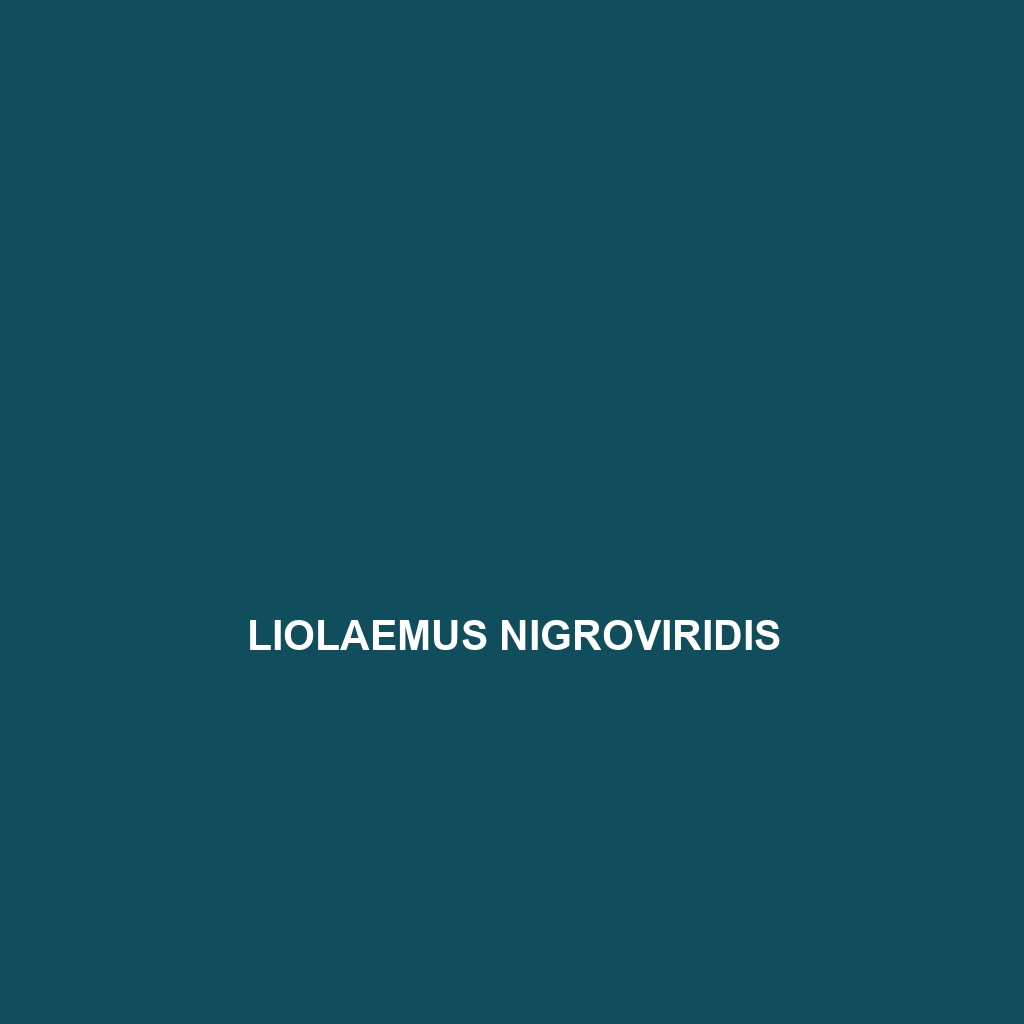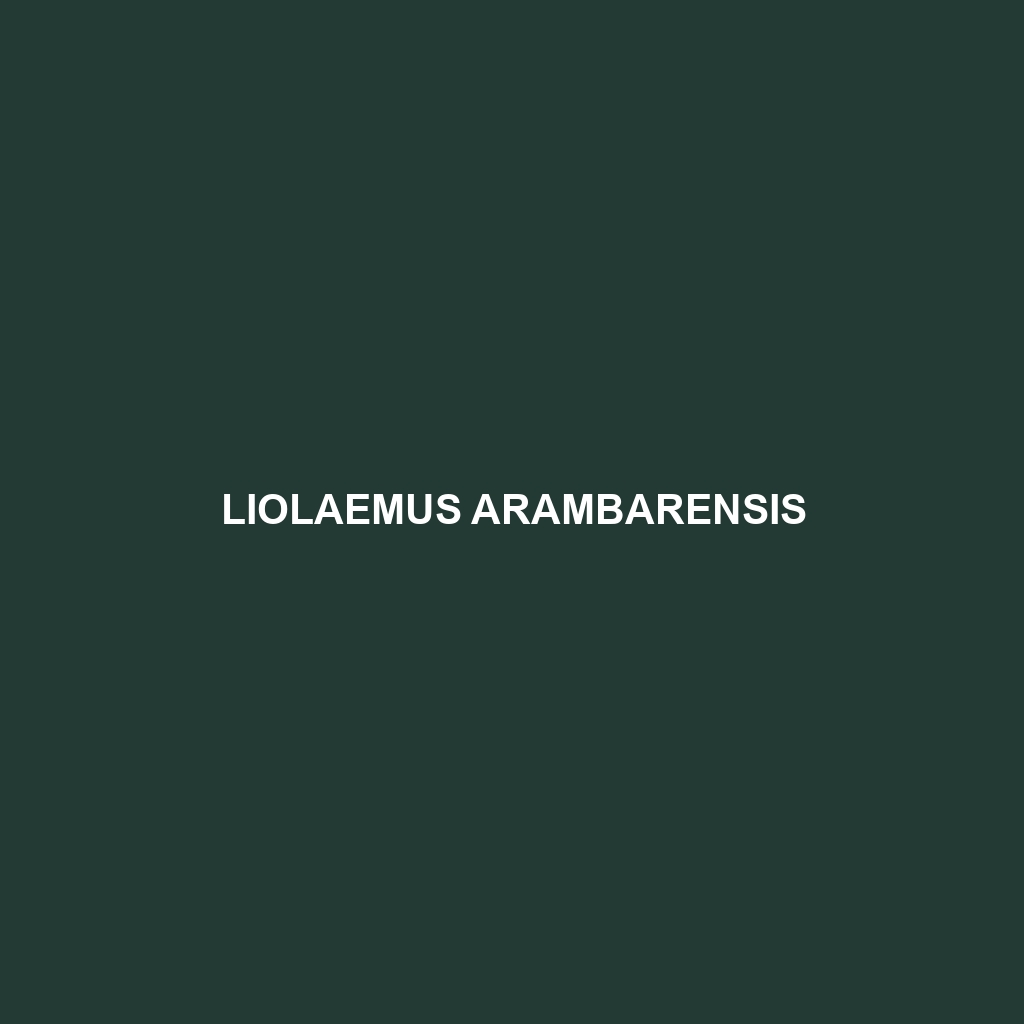Experience the fascinating Liolaemus talampaya, or Talampaya lizard, known for its incredible adaptability to arid environments in Argentina's Talampaya National Park. With striking physical characteristics, a primarily insectivorous diet, and critical roles in controlling insect populations, this resilient species thrives amidst challenging conditions.
Tag: wildlife conservation efforts
Liolaemus pachecoi
Discover the fascinating Liolaemus pachecoi, a small, diurnal lizard endemic to the rugged Andes of northern Chile and Argentina, known for its vibrant coloration, unique camouflage, and role as both predator and prey in its alpine ecosystem. This resilient species thrives in temperate forests and rocky outcrops, maintaining ecological balance as it primarily feeds on insects while adapting to its challenging habitat.
Liolaemus nigromaculatus
Discover the Liolaemus nigromaculatus, or black-spotted lizard, a medium-sized, insectivorous species native to the temperate regions of South America, distinguished by its striking dark brown or gray body adorned with black spots that provide excellent camouflage in rocky habitats. Thriving in diverse environments, this diurnal lizard plays a crucial role in regulating insect populations while exhibiting fascinating reproductive behaviors and seasonal adaptations.
Liolaemus janequeoae
Introducing the Liolaemus janequeoae, a moderately sized lizard (15-20 cm) native to the temperate forests and scrublands of Patagonia, Argentina, known for its distinctive earthy coloration and unique behavioral displays during mating season. As an insectivore, it plays a vital role in controlling insect populations while adapting to seasonal changes in its habitat.
Liolaemus gracilis
Discover the fascinating Liolaemus gracilis, a slender lizard native to the temperate forests and grasslands of the South American Andes, known for its impressive agility, distinctive coloration, and role in controlling insect populations. This species showcases unique adaptive behaviors, including seasonal migration and diurnal activity, making it a vital contributor to its ecosystem.
Liolaemus gallardoi
<p><b>Liolaemus gallardoi</b> is a medium-sized, diurnal lizard native to Patagonia, Argentina, known for its vibrant colors and distinctive patterns that provide excellent camouflage in temperate forests and savannas. As an ovoviviparous species, it plays a vital role in its ecosystem by regulating insect populations while facing challenges from habitat loss and environmental changes.</p>
Liolaemus galactostictos
The Liolaemus galactostictos, or galactic-stippled lizard, is a stunning species native to the Andes Mountains, known for its cosmic-stippled markings, elongated body, and diurnal behavior. These lizards primarily inhabit temperate forests, thrive in high-altitude environments, and play a vital role in controlling insect populations while exhibiting unique reproductive traits such as viviparity.
Liolaemus capillitas
<h2>Short Description</h2> <p><b>Liolaemus capillitas</b> is a captivating lizard species native to the temperate forests and dry shrublands of southern South America, known for its slender body, vibrant coloration, and intriguing behavior. This insectivorous species plays a vital role in its ecosystem by controlling insect populations and serving as prey for various predators.</p>
Liolaemus bitaeniatus
<p><b>Liolaemus bitaeniatus</b>, also known as the two-striped lizard, thrives in the temperate forests and savannas of southern South America, featuring striking green and brown patterns with dark stripes. This insectivorous species plays a vital role in controlling insect populations and exhibits unique behavioral adaptations for survival.</p>
Liolaemus arambarensis
Discover the unique Liolaemus arambarensis, a sleek skink native to the temperate forests and shrublands of southern South America, known for its adaptive coloration and diurnal behavior. Measuring 10 to 15 cm, these insectivorous lizards thrive in rocky terrains, playing a vital role in their ecosystem by controlling insect populations and serving as prey for larger predators.









